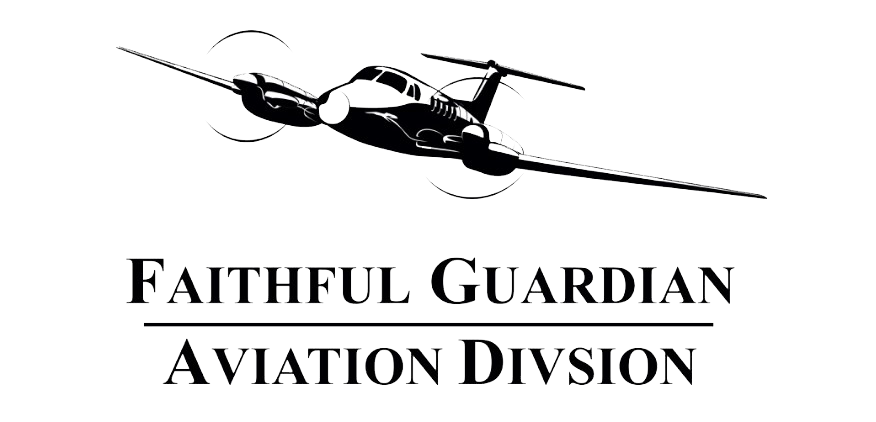Lesson 2.10 Airplane Propellers
1. Propeller efficiency is the ratio of thrust horsepower to brake horsepower.
2. A fixed-pitch propeller can be most efficient only at a specified combination of airspeed and RPM.
i. A cruise propeller has a higher pitch and therefore more drag. More drag results in lower RPM and less horsepower capability, which decreases performance during takeoffs and climbs but increases efficiency during cruising flight.
3. The propeller’s geometric pitch varies along the propeller blade because the propeller tip goes through the air faster than the section of propeller near the hub.
i. This pitch variation (i.e., twist) permits a relatively constant angle of attack and the same amount of lift to be created along the blade’s length when in cruising flight.
4. Pitch setting is the propeller blade setting determined by the blade angle measured in a manner, and at a radius, specified in the propeller’s instruction manual.
5. A constant-speed (controllable-pitch) propeller adjusts the pitch angle of the propeller blade so that the engine is maintained at a selected RPM.
6. For takeoff, to develop maximum power and thrust, you should use a small angle of attack and high RPM on a controllable-pitch (constant-speed) propeller.
7. To establish climb power after takeoff in an airplane equipped with a constant-speed propeller, you should first decrease manifold pressure and then decrease RPM. When the propeller control is moved to reduce the RPM, the propeller blade angle increases.
i. When increasing power, increase RPM first; then increase manifold pressure to avoid placing undue stress on the engine.
8. Spiraling slipstream describes the propeller blade forcing air rearward in a spiraling clockwise direction around the fuselage when the propeller rotates through the air in a clockwise direction as viewed from the rear.
i. As a result, the airplane yaws left around the vertical axis.
